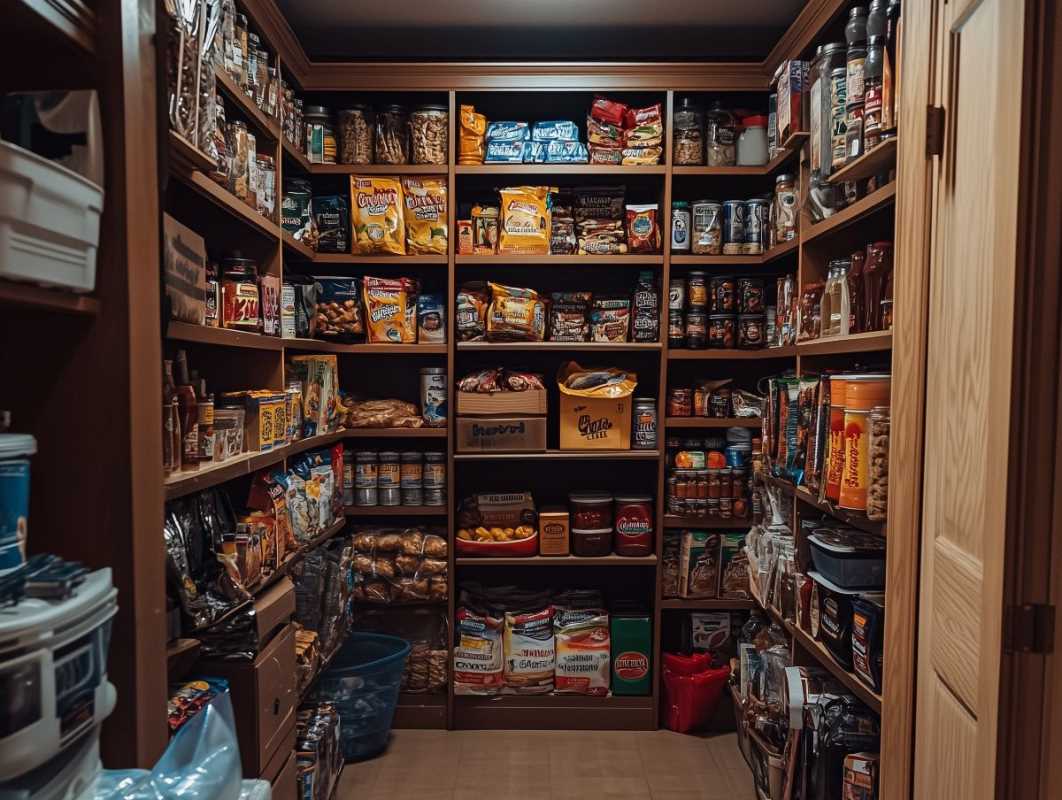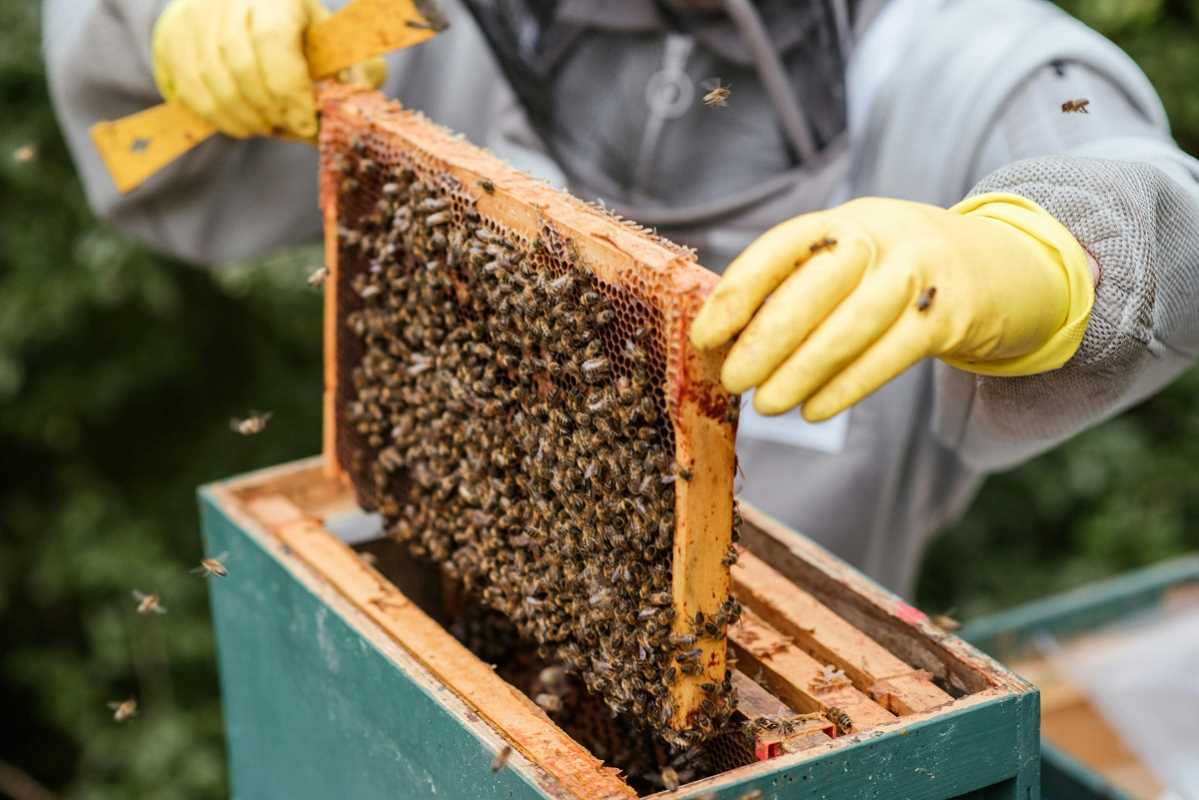Remodeling your home is an exciting opportunity to breathe new life into your space, but it can also be a chance to make environmentally conscious choices. The materials you select for your project not only shape the functionality and style of your home but also impact the environment. Opting for sustainable materials ensures that your remodel respects the planet while enhancing your living space.
From reclaimed wood and bamboo to recycled metals and low-VOC paints, the options for eco-friendly materials are as diverse as they are stylish. This guide will highlight some of the best sustainable materials available, their environmental benefits, and how they can transform your home into a green haven.
The Benefits of Choosing Sustainable Materials
Before we jump into specific materials, it’s important to understand why making sustainable choices matters. Eco-friendly materials are better for the planet because they reduce waste, minimize carbon emissions, and often use fewer resources to produce. Many of these options are also highly durable, meaning they last longer and reduce the need for replacements.
But environmental perks aside, sustainable materials can also introduce unique textures, colors, and designs that you might not find in conventional supplies. From reclaimed wood’s vintage charm to concrete’s modern edge, these options complement a variety of aesthetics.
Reclaimed Wood
Why Use Reclaimed Wood?
Reclaimed wood is timber salvaged from old buildings, barns, or even wine barrels. Instead of cutting down new trees, you’re giving a second life to existing material. This drastically reduces deforestation and cuts down on the energy required to process fresh timber.
Where to Use It
Reclaimed wood shines in flooring, furniture, and architectural features like beams or staircases. The natural imperfections and patina tell a story and add character to your space.
Sourcing Tips
Look for reputable suppliers who specialize in reclaimed wood. Make sure the wood has been treated properly to remove pests and ensure durability. Local salvage yards or online marketplaces like Etsy can also be treasure troves for unique pieces.
Bamboo
What Makes Bamboo Sustainable?
Bamboo is a superplant. It grows incredibly fast, replenishing itself in just a few years compared to decades for hardwood trees. Its root system remains intact after harvest, preventing soil erosion and allowing regeneration.
Where Bamboo Shines
Bamboo is versatile enough for flooring, wall panels, and furniture. Its sleek grain and warm tones suit both ultra-modern and traditionally inspired homes. Bamboo can even be used for outdoor elements like decking, provided it is properly treated.
Key Considerations
Make sure your bamboo is FSC-certified to ensure that it has been harvested sustainably. Check with the manufacturer to confirm it hasn’t been processed using high-emission glues or finishes.
Recycled Metal
A Durable, Eco-Friendly Option
Metals like aluminum, steel, and copper can be recycled repeatedly without compromising quality. Using recycled metals reduces the need for environmentally damaging mining and conserves the massive amounts of energy normally required to refine virgin metal.
Best Applications
Recycled metal is a go-to for countertops, backsplashes, hardware, and even roofing. Its industrial aesthetic works beautifully in contemporary designs as well as rustic spaces when paired with warm elements like wood.
Sourcing Recycled Metal
Check with contractors or suppliers who specialize in post-consumer and post-industrial recycled materials. Many manufacturers like EcoSteel commit to using recycled content in their metal products.
Low-VOC Paints and Finishes
What Are VOCs and Why Avoid Them?
Volatile organic compounds (VOCs) are chemicals released into the air as paint dries, contributing to indoor air pollution and a variety of health problems, such as respiratory issues and headaches. Low-VOC or zero-VOC paints significantly reduce the release of these toxins into your home.
Where to Use Them
Low-VOC paints are suitable for any part of your home, from walls and ceilings to cabinetry and trim. They come in a variety of finishes, including matte and gloss, so there’s no need to compromise on style.
Finding the Right Brand
Popular brands like Benjamin Moore’s Natura line or Sherwin-Williams’ Harmony series offer high-quality, low-VOC paint in a spectrum of colors. Always check for certifications like GREENGUARD to ensure greener standards.
Recycled Glass
Why Choose Recycled Glass?
Recycled glass is made from broken or discarded glass, commonly transformed into tiles, countertops, or decorative elements. This process gives new purpose to waste materials that would otherwise end up in a landfill.
How to Use It
Recycled glass tiles are ideal for kitchen backsplashes or bathroom walls, while countertops made from recycled glass chips embedded in resin create a striking focal point. The material is durable and easy to clean, making it both practical and eye-catching.
Tips for Selection
Look for manufacturers like Vetrazzo or IceStone, who specialize in turning post-industrial and post-consumer glass into stunning finishes.
Cork
Sustainable and Comfortable
Harvested from the bark of cork oak trees without harming the tree itself, cork is one of the most sustainable materials available. Better yet, it acts as a natural insulator, helping to regulate temperature and reduce noise in your home.
Ideal Applications
Cork’s softness underfoot makes it an excellent option for flooring in kitchens or playrooms. It’s also a favorite for bulletin walls and decorative ceilings, adding texture and warmth.
How to Care for Cork
Seal cork flooring with water-based finishes to protect it from moisture. Routine maintenance, such as sweeping and occasional mopping with a damp cloth, will keep it looking its best.
Concrete
Eco-Friendly Innovations
Concrete has traditionally been a resource-intensive material, but eco-conscious innovations like fly ash and slag cement have significantly reduced its environmental impact. These additives replace a portion of the cement, which is responsible for the bulk of emissions, making concrete a greener choice.
Where Concrete Works Best
Polished concrete floors, countertops, and even walls bring a sleek industrial vibe to interiors. It pairs beautifully with wood, metal, and softer natural textures.
Sourcing Tips
Look for suppliers who use alternative cement mixes or recycled aggregates. Fly ash concrete, in particular, offers both aesthetic and ecological benefits.
Wool Insulation
Why Choose Wool?
Sheep’s wool insulation is an efficient, renewable alternative to traditional fiberglass insulation. It’s naturally fire-resistant, high-performing, and moisture-wicking, helping to prevent mold and mildew.
Where to Install It
Wool excels in wall cavities, attics, and floors. Its hypoallergenic properties make it ideal for homes with sensitive occupants.
Finding a Supplier
Brands like Havelock Wool specialize in cruelty-free and sustainable wool products. Ensure that the wool is responsibly sourced and untreated with harmful chemicals.
 (Image via
(Image via





